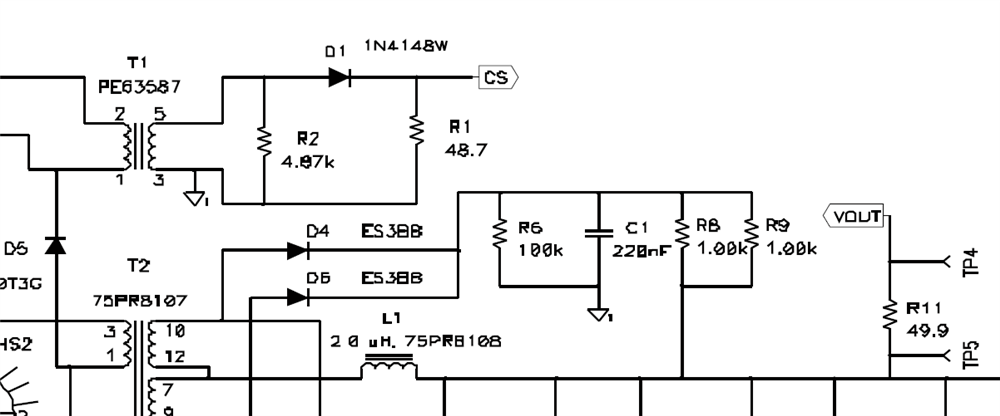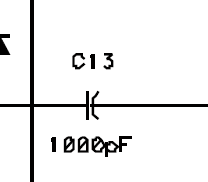Other Parts Discussed in Thread: UCC28951, UCC27324, TIDA-01407
Dear Sir/Ma'am,
We are currently building a PSFB using UCC28951 for an EV battery charger. The following is a part of schematic in design guide for a 600W PSFB (SLUA560C). We don't understand the purpose of D4, D6, R6, C1, R8, R9. Please explain the purpose of the same. The design guide is also attached for your reference. This schematic is on Page. 26.



